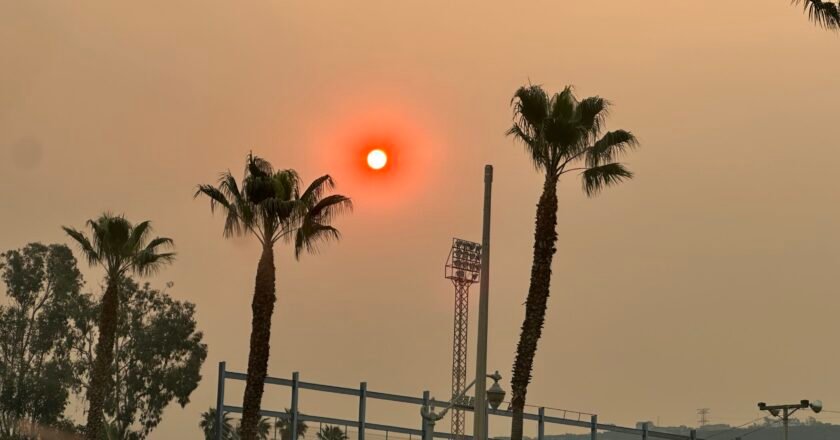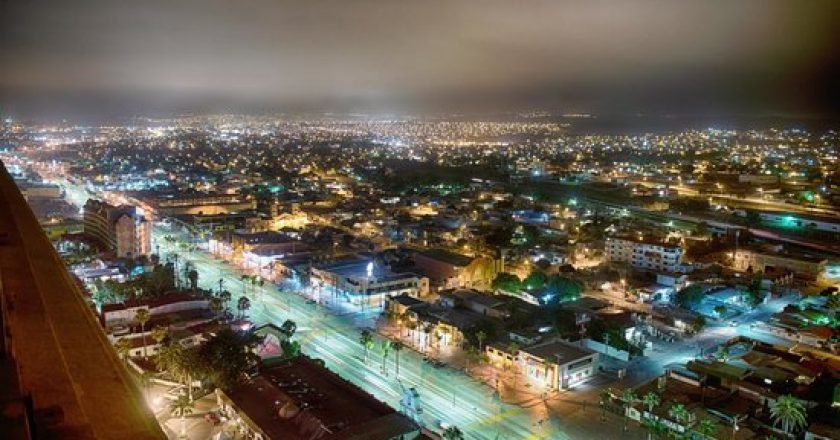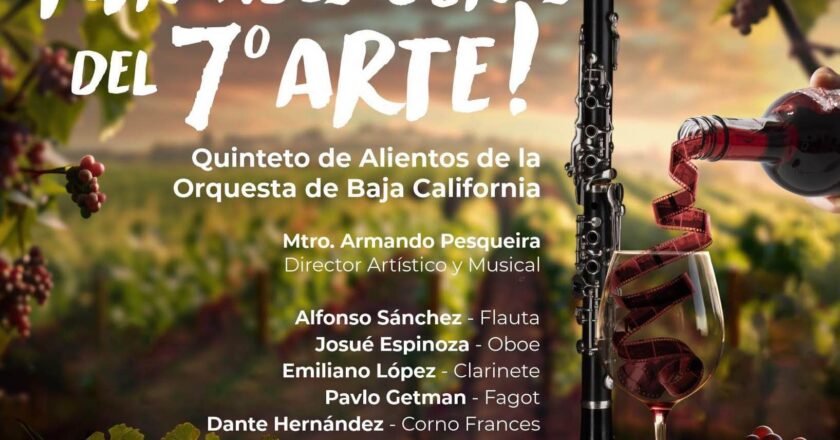If you’ve noticed those strong Santa Ana winds lately, you’re not imagining things. According to María Tereza Cavazos Pérez, a …


If you’ve noticed those strong Santa Ana winds lately, you’re not imagining things. According to María Tereza Cavazos Pérez, a …

Deported Mexicans arriving back into Baja California will now have access to federal support programs, including resources available directly within …

Proceeds from the sale will go toward expanding La Misión Performing Arts Center Step into history and culture at the …

Big news, amigos! Ensenada is gearing up for a massive road project that promises to ease your scenic drives while …

Chinese tourism is emerging as a significant opportunity for Ensenada and Baja California, with visitors from China spending over $181 …

Hold onto your sombreros, folks, because Mayor Rocio Adame Muñoz just wrapped up her first 100 days in office, and …

Baja California, where margaritas flow as freely as the sunshine, is now bracing for a rare visitor: a cold front. …

Mark your calendars! The Sassy Holiday Arts and Crafts Fair is back, bringing a festive day of creativity, music, and …

The Wavve, a new luxury residential project by Estrategia Urbana, has officially begun construction on the scenic toll road to …

Lights, camera, action! The first edition of the Valle de Guadalupe Film Festival is kicking off with a well-deserved tribute …